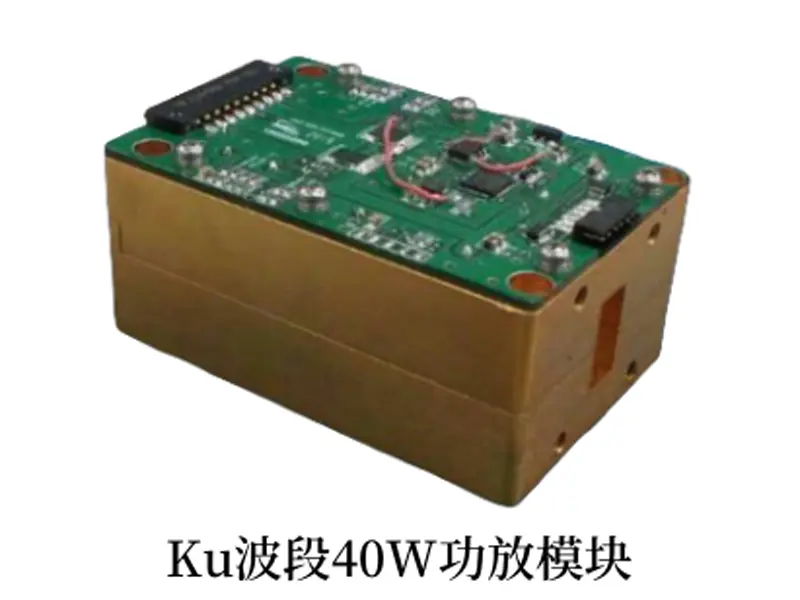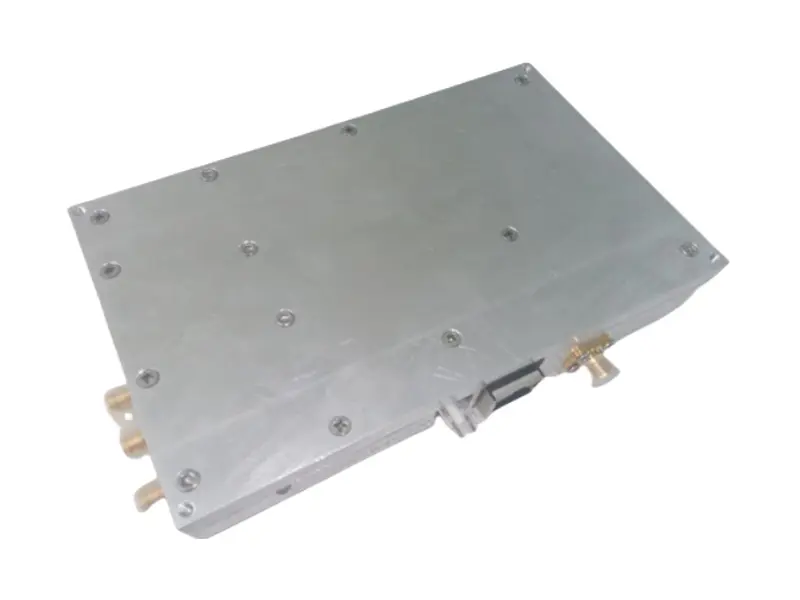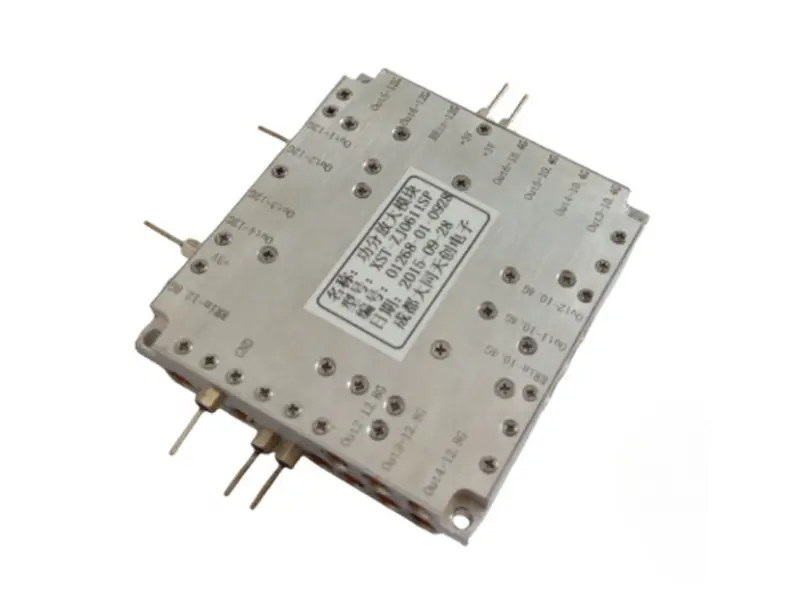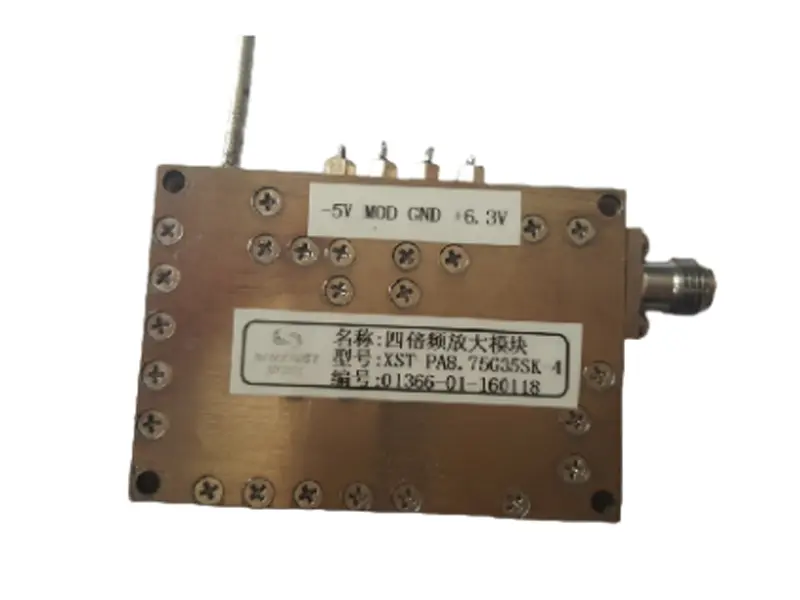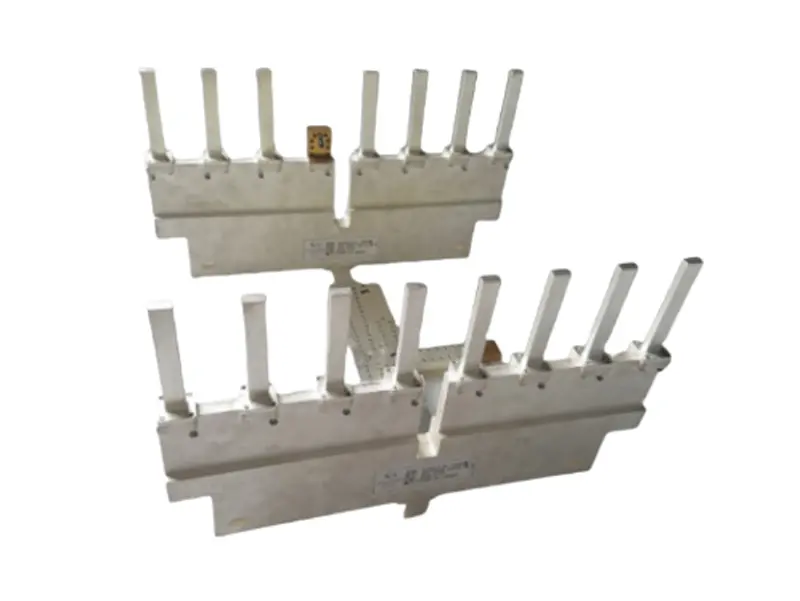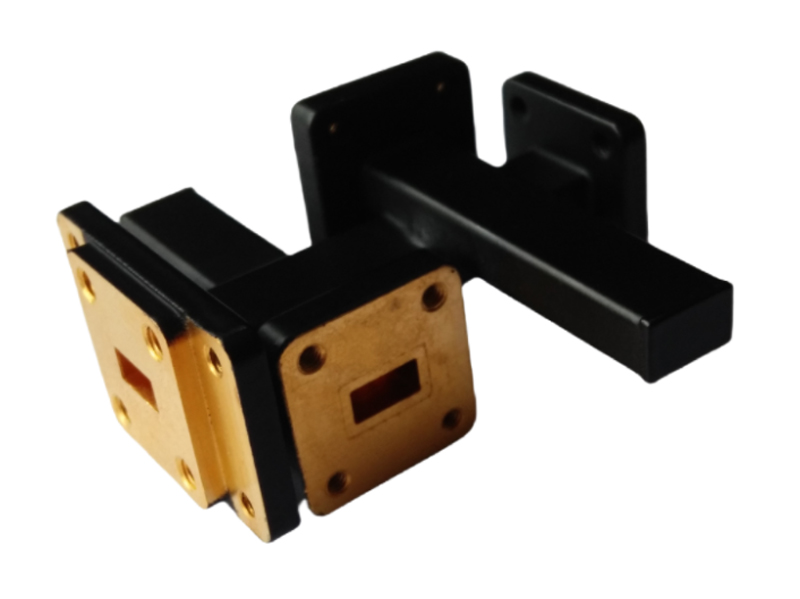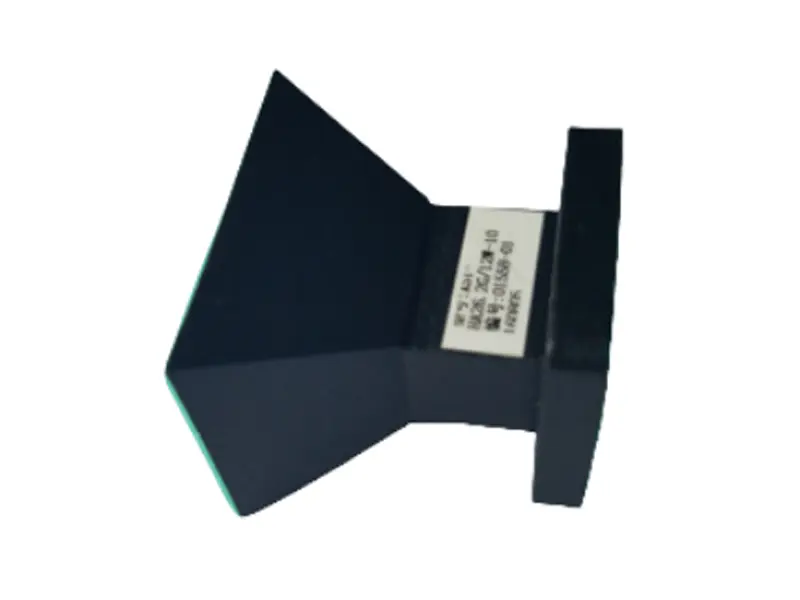Shanghai institute of applied physics (siap), Chinese academy of sciences (cas) and xst join hands to build a top-notch high-performance shortwave receiver
Supply products
High Performance Shortwave Receivers
Ultra shortwave receivers
Variable Frequency Components
Product Appearance
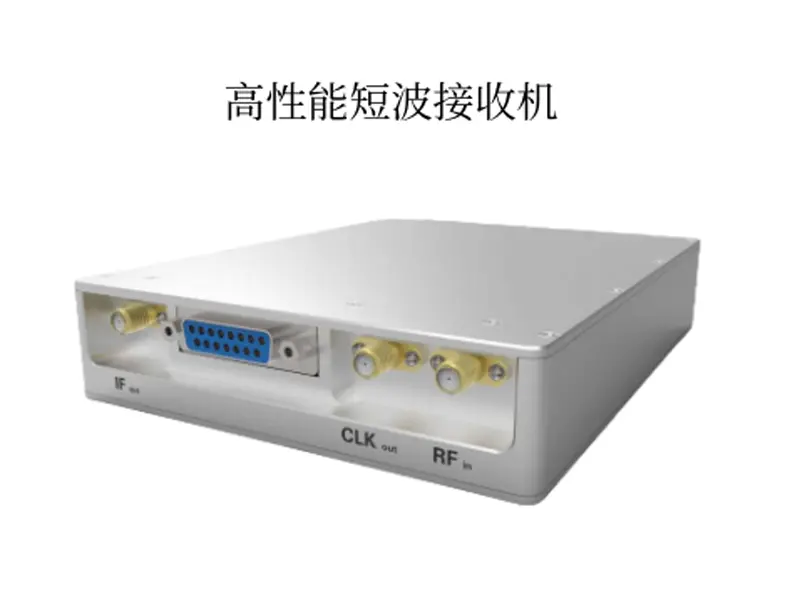
Customer Demand
I. Background and Introduction
Shanghai Institute of Applied Physics (SIAP) of the Chinese Academy of Sciences (CAS) is an important research institute in the field of nuclear science and technology, with the ‘Key Laboratory of Microinterface Physics and Detection of the Chinese Academy of Sciences (CAS)’, ‘Shanghai Key Laboratory of Cryogenic Superconducting and High-Frequency Cavity Technology’ and ‘Shanghai Key Laboratory of Cryogenic Superconducting and High Frequency Cavity Technology’. Shanghai Key Laboratory of Low Temperature Superconducting High Frequency Cavity Technology’. The inverter components developed in this cooperation will be applied to the superconducting linear accelerators of the above laboratories, which will provide an important solution for the applied research of nuclear technology.
II. Co-operation Mode and Mechanism
In the course of co-operation, both parties have maintained close communication and collaboration. Through regular meetings, progress reports and on-site exchanges, both parties ensure that every technical detail is accurately understood and recognised. This efficient communication mechanism not only accelerates the product development progress, but also improves the quality and performance of the products.
III. Synthesis Technology and Achievements
The high-performance shortwave receiver customised by XST for ASTRI has wide frequency coverage (capable of receiving shortwave signals of multiple frequency bands), strong demodulation capability (no matter it is amplitude modulation (AM), frequency modulation (FM) or single-sideband modulation (SSB), the shortwave receiver can demodulate it efficiently and recover the original information content), and strong adaptability (adaptable to shortwave signal propagation characteristics under different weather conditions and time periods). (able to adapt to different weather conditions and time periods of the short-wave signal propagation characteristics) and other technical features and advantages.
Since XST's short-wave receivers have been put into the laboratory, they have won the unanimous good reputation of customers with their excellent performance and high cost performance, and have promoted the innovation and development of nuclear science and technology, making important contributions to the scientific and technological progress and national defence construction of the country.
| Product Features | Parameter | Index requirements |
| • Product Features • Fast scanning • Compact size • High stability • High sensitivity |
Receiving frequency range | 0.1MHz ~ 30MHz |
| Phase Noise | ≤ -110dBc/Hz@10kHz | |
| Synthesiser switching time | ≤ 500μs | |
| Noise Figure | ≤ 9dB | |
| Applications | Input second order intercept | ≥ 70dBm |
| • Wireless signal reception • Radio monitoring, reconnaissance and radio • spectrum management • Shortwave Communication Test Instruments • Shortwave communications signal analyser • Safety and security monitoring and listening |
Output third order intercept point | ≥ 30dBm |
| Mirror frequency rejection | 115dB | |
| IF rejection | ≥ 115dB | |
| IF Frequency | 70MHz | |
| Internal spurious signal | ≤ -110dBm | |
| IF Bandwidth | 2MHz、30kHz |
| Main technical indicators of the product | Main technical indicators of the product | Main technical indicators of the product | |||||||||||||||
| 1、 Frequency characteristics | 2、 Dynamic, sensitivity, and false signal suppression | 3、 Intermediate frequency characteristics | |||||||||||||||
| Indicator Name | minimum | typical | maximum | unite | remarks | Indicator Name | minimum | typical | maximum | unite | remarks | Indicator Name | minimum | typical | maximum | unite | remarks |
| Receiver frequency range | 0.1 | 30 | MHz | Noise coefficient | 59 | 9 | dB | Full gain test | Intermediate frequency | 70 | MHz | ||||||
| Minimum frequency step of synthesizer | 1 | kHz | Link gain | 55 | 60 | 61 | dB | Broadband mode | 3dB bandwidth | 2 | MHz | Broadband mode | |||||
| Synthesizer switching time | 500 | μs | 56 | 57 | dB | Narrowband mode | 30 | kHz | Narrowband mode | ||||||||
| phase noise | -110 | dBc/Hz | @10kH | Maximum RF attenuation | 56 | dB | 1dB Stepping | 2MHz Bandwidth rectangular coefficient | 3 | BW-60dB/BW-3dB | |||||||
| A/D Clock output frequency | 100 | MHz | Maximum intermediate frequency attenuation | 30 | dB | 1dB Stepping | 30kHz Bandwidth rectangular coefficient | 3 | BW-60dB/BW-3dB | ||||||||
| Reference source frequency stability | ±0.1 | ppm | Built in reference source | Enter second-order intercept point | 30 | dB | Full gain test | In band fluctuation of intermediate frequency output | 1 | dB | normal atmospheric temperature | ||||||
| Frequency fine-tuning range | ±2 | ppm | Factory calibration | Output third-order cutoff point within the band | 70 | dB | Full gain test | Intermediate frequency output 1dB compression point | 16 | dBm | |||||||
| Mirror frequency suppression | 30 | dB | IF Output Impedance | 50 | Ω | ||||||||||||
| If Rejection | 115 | dB | |||||||||||||||
| Internal false signals | -120 | -110 | dBm | Converted to the input end, full gain measurement | |||||||||||||
| RF input matching impedance | 50 | Ω | |||||||||||||||

